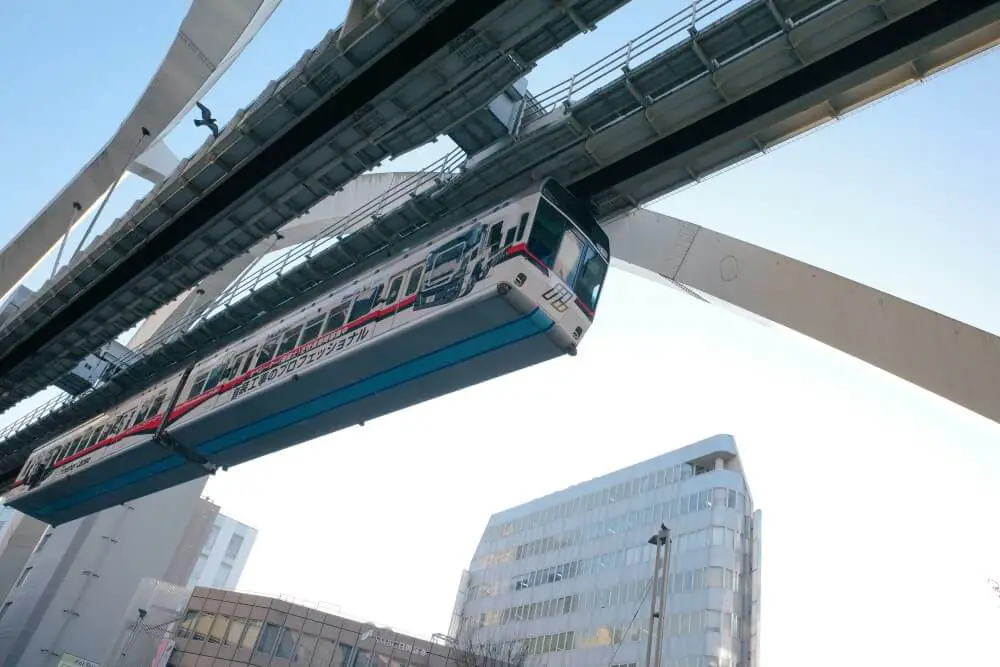Getting from point A to point B is never easier than with fast, efficient public transportation. And, two of the most popular methods of mass transit we have conjured up are the trusty monorail and metro systems.
The two have a lot in common – after all, they are both rail-based and capable of moving thousands of people an hour. However, there are also substantial differences between them, that concern their cost, speed, accessibility and much else besides.
With this in mind, let’s explore 10 key differences between the monorail and the metro.
Vehicle Design
First on our list of differences between monorail and metro systems is vehicle design. Take one look at a typical metro and monorail vehicle, and you’ll quickly be able to see a clear distinction between the two.
For a start, a typical monorail car has only a single car, which extends along the length of a platform. This isn’t always the case – sometimes, the monorail can be multi-car, which is what a typical metro is.
Because of this, monorails vehicles lend themselves more towards rounded, pointier designs, whereas metro trains are usually boxier. There are exceptions to this though; London’s Tube trains, for example, had to adopt a circular shape to be able to fit through the city’s centuries-old tunnels.
Meanwhile, metro trains are usually heavier than their monorail counterparts, with their steel wheels contributing highly to this. Indeed, monorail vehicles are powered by electric motors in the vehicle itself, whereas metro cars are powered by electricity from an overhead wire or central rail.
Track Type
The difference between the metro and monorail’s track types is pretty much revealed with their name. Monorail, or ‘mono’ rail, has only one track, and this is often elevated above the ground, with the help of columns or concrete pillars.
Meanwhile, metros and light railways follow the same rail type as most other rail systems, with two rails running parallel to each other. Often, metros are underground, with the name ‘metro’ referring to the Metropolitan line of London’s Tube network, which was the first subterranean railway in the world.
The raised design of monorails makes them ideal for use in tricky terrain, as well as areas where ordinary tracks would be too cumbersome or intrusive. Then again, this usually isn’t much of an issue for metro trains either, as they are often well below the surface of the Earth.
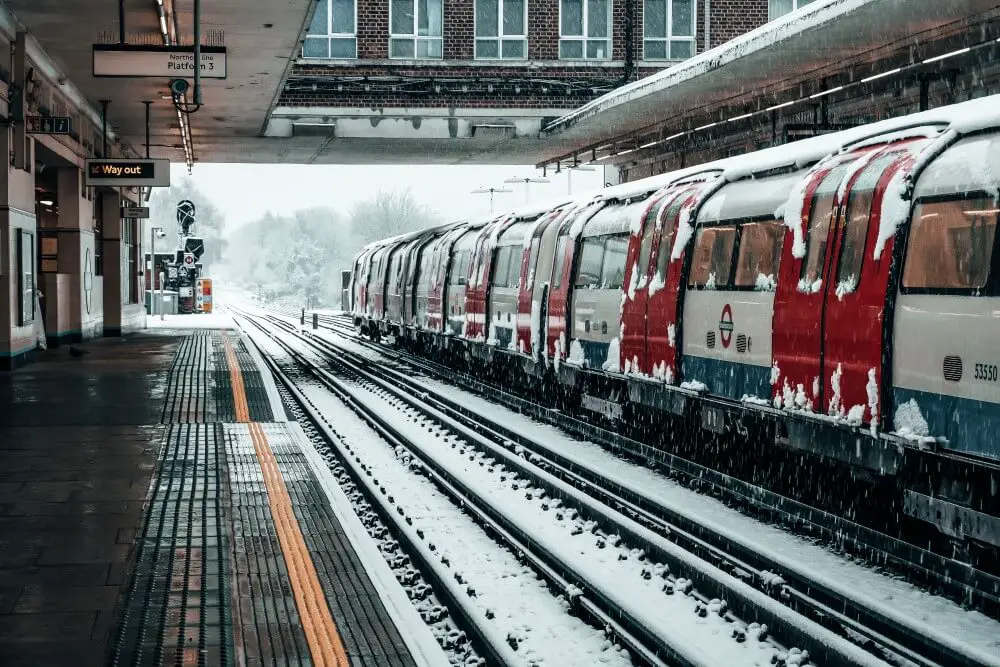
Noise
As with any public transportation system, noise levels are always considered when it comes to planning monorail or metro systems. After all, harmful noise levels can create real issues for residents close to light rail or metro lines.
Due to their exposed nature, monorails tend to create more noise impact on their surrounding environment than metros, which, mostly being underground, has noise emission somewhat dampened. That said, if both were operating in the same environment, metros would likely be louder, as monorail trains themselves don’t make as much noise as many other rail systems.
Should there be a risk of excessive noise pollution, both monorails and metros can take measures to reduce the amount of noise pollution they generate. These additions, such as noise barriers for monorails, and rubber pads for metros, can help to boost sound insulation.
Cost
Another key aspect to any monorail vs metro debate is the respective costs of both transport systems. This involves not just the financial burden of construction, but also for maintenance and running operations.
Typically, monorails tend to be more expensive than metros, which can largely be attributed to the elevated track type. Because of this raised design, it can cost a hefty sum to build the pillars, columns and station infrastructure.
Of course, building metro stations is not cheap either – excavating and boring the tunnels required for the tracks to run through can be extremely expensive. However, the expenditure for this is usually not as much as monorails, as the construction work is usually less disruptive and resource-consuming.
Indeed, it is often the case that metros are more energy efficient than monorails. This means that they tend to have less day-to-day running costs than their one-railed counterpart.
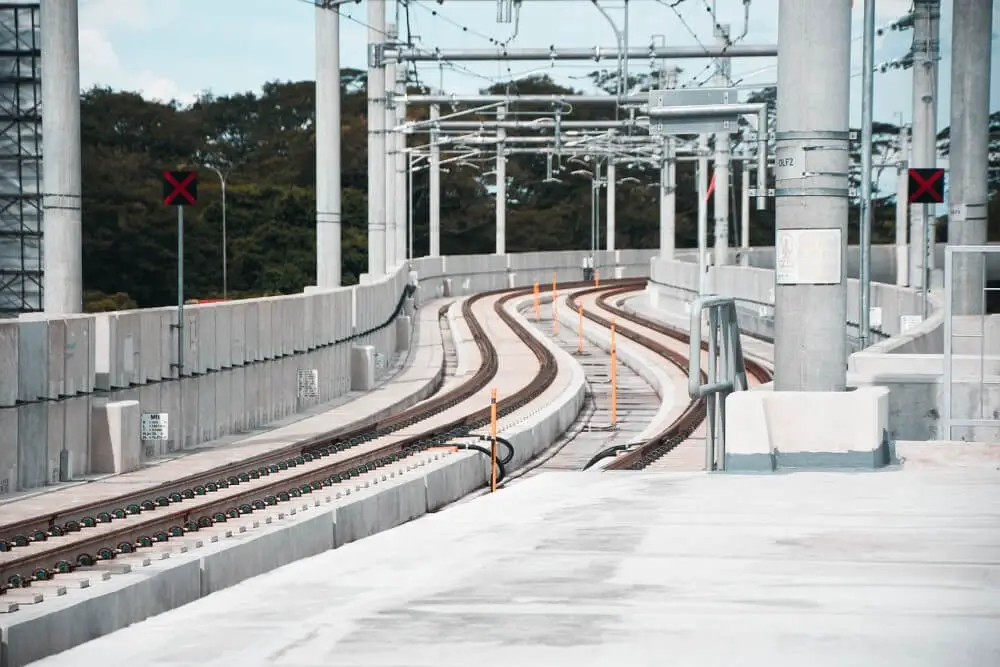
Speed
One of the more similar characteristics between monorails and metros is the speed of the vehicles. Although speed differs with each individual system, metro trains travel around the same speed as monorails, with operating speeds usually ranging around the 30/40 mph mark.
In both cases, the maximum speed of the vehicles is higher than their operating speeds, with both monorails and metro trains usually able to reach upwards of 60 mph. Operating speeds are limited due to speed restrictions that are in place for safety reasons, and this can be further impacted by track congestion.
However, should you count maglev trains as monorails, as some people do, this argument would be flipped upside down. Their maximum speeds can reach a staggering 250 mph, and no metro services anywhere in the world can match this figure, making monorails by far the faster of the two.
Accessibility
All public transport systems need to have accessibility firmly in mind. It dictates the ease at which passengers can access platforms and trains, and needs to be factored in every aspect of station and vehicle design.
There are different challenges to accessibility provision for monorails and metros. For example, monorail planners need to make sure all users can reach the elevated platforms, whereas underground metros need to install lifts that can take people from street level down to the platforms.
It’s more common for monorails to feature vehicles that are level with the platform, making embarking and disembarking easier for physically handicapped passengers. To get around this, metros often employ the use of ramps and tactile paving to guide users to where they need to be.
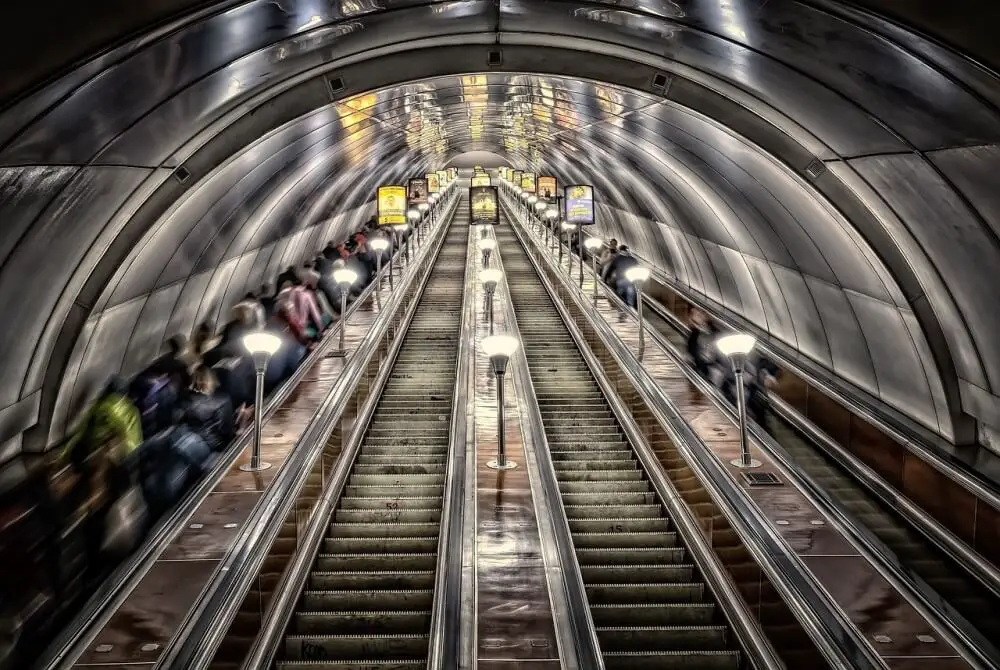
Places Used
The type of places where monorails and metros are employed is another element of difference between the two. Naturally, both are usually placed where there are lots of potential riders, in order to serve the most number of users possible, and to make the service profitable.
However, you’re much more likely to see a monorail in places like amusement parks, resorts and within airports, than spread across large urban areas, as is the case with metros. This is largely because monorails are usually more expensive to build, less capacitous, and because they require less physical infrastructure than metros.
There are cases where monorails are utilised in large cities, but there are inherent disadvantages to using them in crowded urban areas. After all, building underneath the ground has much less visual impact and disruption in the construction phase than erecting elevated tracks.
Transport Integration
In a similar vein, the level of integration that both monorails and metros typically have with the rest of a network also differs. More-often-than-not, metro systems tend to comprise multiple lines, and are usually planned to connect to and stop at major transport terminuses.
As a result of this, people using metros can connect not only to other metro lines, but also to other forms of transport, such as cross-country rail, trams or buses. They are considered and designed to be a part of the wider transport network of a city.
Monorails, on the other hand, often tend to be standalone systems that don’t have the same emphasis on multimodality. This is because they are usually employed in specific places, like airports or tourist attractions, that only need one line for full coverage.
There are exceptions to this. For instance, there are locations where monorails form part of a city’s wider rapid transit network – two of the most prominent examples are Chongqing and Sao Paulo’s metro, which both feature a monorail as one or more of its lines.
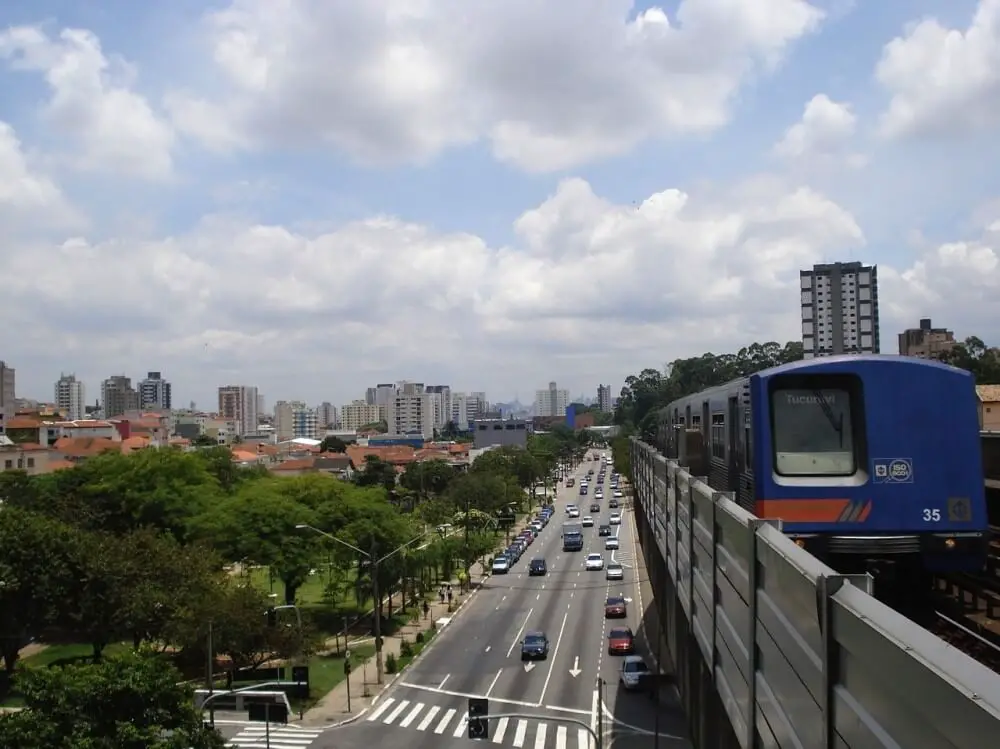
Capacity
Capacity is another key differentiation to make between monorails and metros. Although the capacities of any given system can change depending on the vehicle specifications, metro trains usually have more capacity than monorail trains, owing to their increased length and width.
Metro and light rail systems in some of the world’s biggest cities can have numerous cars per train, and run trains every couple of minutes at peak hours. The sheer number of people wanting to make journeys across a city means metro trains have to cram in as many people as is safe.
Monorails are generally not as commonly found in densely populated urban areas, and as such do not have the same capacity requirements. That said, it is still important for monorails to provide capacity for all potential user demand.
Popularity
Lastly, the simple popularity of metros over monorails among infrastructure planners is an ever present difference between the two modes of transport. In cities the world over, metros and light rail services are often the ideal solution for getting large volumes of people around an urban area quickly and efficiently.
And, due to its successful usage across the globe, metros have developed a strong reputation as a reliable and easily scalable public transit option. This is opposed to monorails, which are known for being more expensive to build and expand.
That said, while monorails may not be as popular for practical use in urban areas, they do have a popularity of their own, that is arguably more general than for metros. Many people view them fondly as a unique and fascinating type of transport system that is emblematic of space age planning. Their popularity is evidenced by the fact that there is even a monorail society!
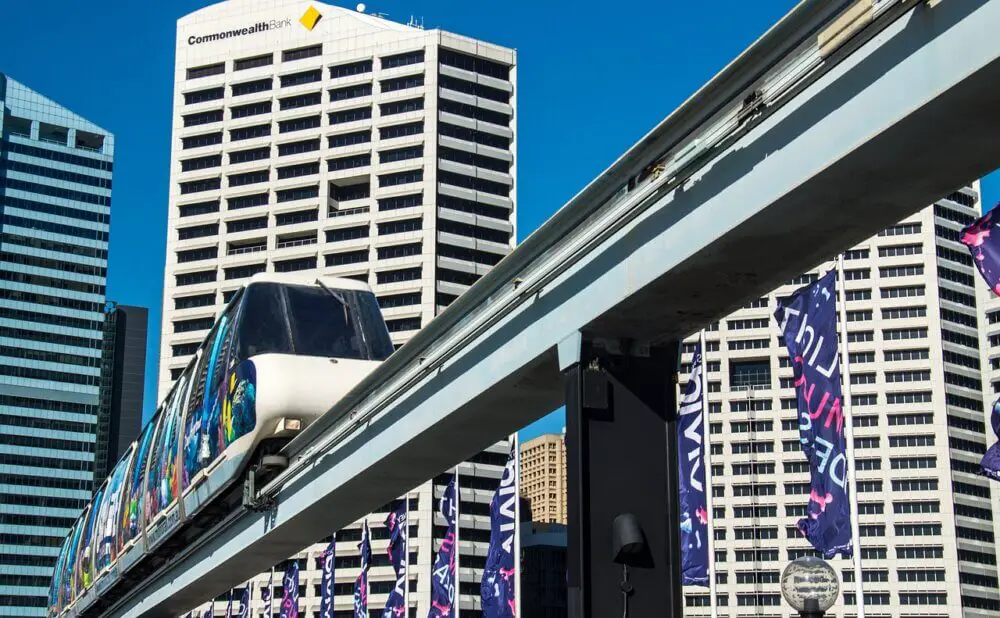
Are metros safer than monorails?
Thankfully, metros and monorails need to have exemplary safety records in order to remain operational. There are a range of safety features that ensure passengers are kept safe, and that emergency provisions are accounted for.
So, between monorails and metros, there isn’t really one that is safer than the other. Any issues with safety are likely to be the result of poor maintenance or human error, and less with the system itself.
Are monorails better for the environment than metros?
As both monorails and metros are powered by electricity, both have little negative impact on the environment. As such, they are both viewed upon favourably for use in crowded urban areas, where pollution can already present huge issues.
However, the construction and maintenance work that goes into building and preserving monorail and metro infrastructure can cause large amounts of carbon emissions to be generated. In order to get around this, sustainable building practices are employed by builders and civil engineers wherever possible.
Thanks for reading our comparative guide to monorails vs metros. Whatever the pros and cons of each, there’s no doubt that getting around the places we know or visit will be a lot harder without them!
Want to know more about the structures that help the world go round? If so, take a look at some more of our infrastructure articles. They include a guide to why bridges are covered.
Or, if you’d like more definitions on building and architecture vocabulary, take a look at our range of building wikis.
Last Updated on 16 May 2023 by Michael
